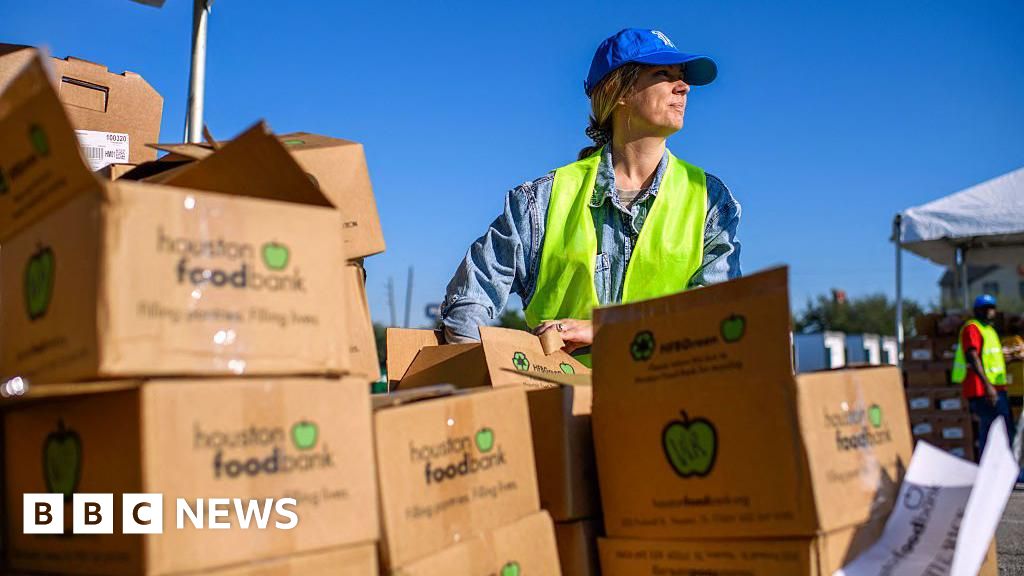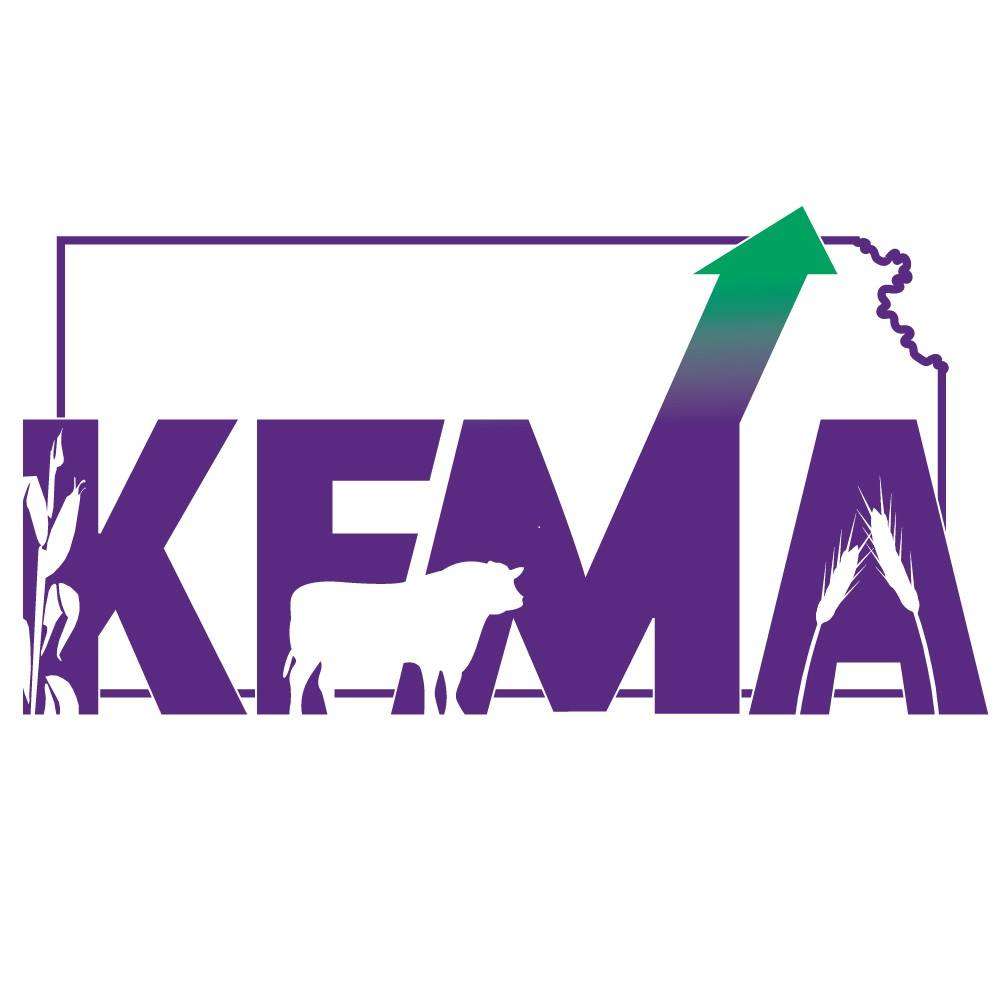Smart Irrigation Month: A Call to Action for Water Efficiency in California – UC Agriculture and Natural Resources

Report on Smart Irrigation Initiatives and Alignment with Sustainable Development Goals
Executive Summary
This report examines the “Smart Irrigation Month” initiative in Southern California, analyzing its role in promoting sustainable water management practices. The campaign, held annually in July, addresses critical water scarcity challenges exacerbated by climate change. By promoting technological adoption and behavioral change, these efforts directly support the achievement of several United Nations Sustainable Development Goals (SDGs), primarily SDG 6 (Clean Water and Sanitation), SDG 11 (Sustainable Cities and Communities), SDG 12 (Responsible Consumption and Production), and SDG 13 (Climate Action).
The Critical Need for Water Efficiency: Addressing SDG 6
In Southern California, outdoor irrigation constitutes over 50% of residential water consumption, with demand peaking in July. The Smart Irrigation Month campaign is a strategic response to this challenge, directly aligning with SDG 6: Clean Water and Sanitation. Specifically, it advances Target 6.4, which aims to substantially increase water-use efficiency and ensure sustainable freshwater withdrawals to combat water scarcity.
Core Objectives of Smart Irrigation
Smart irrigation is defined as the use of technology and data-driven methods to apply water precisely when and where it is needed. This approach is fundamental to achieving sustainable water management and offers multiple benefits that align with global sustainability targets.
- Contribution to SDG 12: Reduces water waste, promoting responsible consumption patterns.
- Contribution to SDG 11: Preserves local water supplies, enhancing the resilience and sustainability of urban communities.
- Contribution to SDG 13: Builds community resilience to climate-related hazards such as drought and extreme heat.
- Economic Sustainability: Lowers utility costs for residents and reduces the operational strain on public water infrastructure.
Technological Framework for Sustainable Water Use
The adoption of advanced irrigation technology is central to achieving the goals of the campaign. These tools empower consumers to make data-informed decisions, directly contributing to the efficient resource management outlined in SDG 12: Responsible Consumption and Production.
Key Technologies Promoted
- Weather-Based Irrigation Controllers (WBICs): Automatically adjust watering schedules based on real-time local weather data, preventing unnecessary water use.
- Soil Moisture Sensors: Trigger irrigation only when soil moisture drops below a specified threshold, ensuring water is applied based on plant needs rather than a fixed schedule.
- High-Efficiency Sprinkler Nozzles: Distribute water more uniformly and in larger droplets, minimizing waste from runoff and evaporation.
- Drip Irrigation Systems: Deliver water directly to the root zone of plants, maximizing absorption and efficiency.
Strategic Public Engagement and Local Implementation
The timing of Smart Irrigation Month in July is a strategic decision to maximize public engagement during the period of highest water demand and climate stress. This initiative serves as a model for how local agencies can mobilize communities to support SDG 11: Sustainable Cities and Communities by fostering a culture of resource stewardship.
Local Agency Initiatives
Public agencies across Southern California are facilitating the transition to smart irrigation through educational events and financial incentives.
- Inland Empire Utilities Agency (IEUA): Offers a free hose nozzle giveaway to encourage simple, effective water-saving habits.
- Santa Margarita Water District (SMWD): Hosts workshops, virtual open houses, and community events to educate residents on smart irrigation technologies and practices.
- SoCal WaterSmart Program: Provides regional rebates for qualifying technologies, reducing the financial barrier to adoption for homeowners.
Guidelines for Residential Contribution to Water Conservation
Individual actions are crucial for the collective success of water conservation efforts. The following best practices empower homeowners to contribute directly to meeting regional and global sustainability targets.
- Optimize Watering Times: Irrigate before 6 AM or after 6 PM to minimize water loss due to evaporation.
- Conduct Regular System Audits: Inspect irrigation systems monthly for leaks, broken heads, or misaligned sprinklers to prevent water waste.
- Adopt Smart Technology: Upgrade to weather-based controllers and soil moisture sensors to automate water efficiency.
- Practice Seasonal Adjustments: Modify watering schedules to reflect the changing needs of plants throughout the year.
- Utilize Mulch: Apply a layer of mulch around plants to retain soil moisture and reduce evaporation.
- Implement Hydrozoning: Group plants with similar water requirements together to ensure efficient irrigation for each zone.
- Ensure Precision: Adjust sprinklers to water landscapes, not pavement or other hardscapes.
Conclusion: Fostering Long-Term Resilience through Collective Action
Smart irrigation is a critical adaptation strategy in the face of increasing climate volatility, directly supporting SDG 13: Climate Action. As noted by Marco Tule, President of the IEUA Board, sustained water-use efficiency is essential for long-term supply reliability, regardless of short-term drought conditions. Data from the EPA WaterSense program quantifies the potential impact: a single household can save up to 15,000 gallons of water annually by installing a smart controller. Scaled nationally, universal adoption could save 390 billion gallons of water and $4.5 billion per year.
Smart Irrigation Month serves as a powerful reminder that efficient water management is a shared responsibility. By integrating technology, education, and policy, communities can build resilient water systems, advance the Sustainable Development Goals, and secure a sustainable future.
SDGs Addressed in the Article
The article on Smart Irrigation Month in Southern California addresses several interconnected Sustainable Development Goals by focusing on water conservation, community resilience, and sustainable technology adoption.
SDG 6: Clean Water and Sanitation
- The entire article is centered on the sustainable management of water resources. It highlights the challenge of “sustainable water use” in a region facing “increasing drought.” The promotion of “efficient irrigation practices” directly supports the goal of ensuring the availability and sustainable management of water.
SDG 11: Sustainable Cities and Communities
- The article discusses making communities in Southern California more resilient and sustainable. It mentions that smart irrigation “supports sustainable infrastructure” and “builds climate resilience.” The initiative is a community-wide effort involving water agencies, cities, and residents to adapt to environmental pressures like “prolonged drought” and “extreme heat.”
SDG 12: Responsible Consumption and Production
- The campaign encourages a shift in consumption patterns, specifically regarding water. By targeting outdoor water use, which “accounts for more than 50% of residential consumption,” the article promotes the “efficient use of natural resources” and encourages homeowners to adopt more responsible water usage habits through technology and behavioral changes.
SDG 13: Climate Action
- The article explicitly links smart irrigation to climate change adaptation. It states that these practices help in “building climate resilience” against climate-related hazards such as “increasing drought” and “rising temperatures.” The call to action is framed as a necessary response to these growing climate challenges to ensure “long-term water supply needs.”
Specific SDG Targets Identified
Based on the article’s content, several specific SDG targets can be identified.
SDG 6: Clean Water and Sanitation
- Target 6.4: By 2030, substantially increase water-use efficiency across all sectors and ensure sustainable withdrawals and supply of freshwater to address water scarcity. The article directly addresses this by promoting “efficient irrigation practices” and technologies like smart controllers and high-efficiency nozzles to reduce water waste in the residential sector, thereby increasing water-use efficiency.
- Target 6.b: Support and strengthen the participation of local communities in improving water and sanitation management. The article showcases this through the “Smart Irrigation Month” campaign, which involves “public engagement,” local events hosted by the Inland Empire Utilities Agency (IEUA) and Santa Margarita Water District (SMWD), and rebate programs that encourage community participation.
SDG 11: Sustainable Cities and Communities
- Target 11.5: By 2030, significantly reduce the number of people affected by disasters, including water-related disasters. The article’s focus on building resilience to “prolonged drought” is a direct effort to mitigate the impacts of a water-related disaster on communities in Southern California.
SDG 12: Responsible Consumption and Production
- Target 12.2: By 2030, achieve the sustainable management and efficient use of natural resources. The core message of the article is to “Use water wisely, every drop counts.” It provides “7 Smart Irrigation Tips for Homeowners” and promotes technologies that lead to the efficient use of water, a critical natural resource.
SDG 13: Climate Action
- Target 13.1: Strengthen resilience and adaptive capacity to climate-related hazards and natural disasters in all countries. The article emphasizes that smart irrigation “builds climate resilience” and is a key strategy for adapting to “extreme heat and prolonged drought,” which are identified as increasingly common climate-related hazards.
Indicators for Measuring Progress
The article mentions or implies several indicators that can be used to measure progress towards the identified targets.
Indicators for SDG 6 (Targets 6.4 & 6.b)
- Water Savings per Household: The article explicitly states that households installing smart irrigation controllers “can save up to 15,000 gallons of water each year,” providing a quantifiable indicator of increased water-use efficiency.
- Aggregate Water and Cost Savings: The EPA WaterSense program data cited in the article provides a national-level indicator: a potential saving of “390 billion gallons of water and up to $4.5 billion in water costs annually.”
- Community Engagement Rate: Progress can be measured by tracking the number of participants in local events, such as the “Free Hose Nozzle Giveaway” by IEUA or the workshops held by SMWD. The number of households applying for rebates through “SoCalWaterSmart.com” is another key indicator.
Indicators for SDG 11, 12, and 13 (Targets 11.5, 12.2, & 13.1)
- Adoption Rate of Smart Technology: An implied indicator is the number of smart irrigation devices (weather-based controllers, soil moisture sensors, high-efficiency nozzles) installed across the region. The availability of rebates for these items suggests this is a key metric for water agencies.
- Reduction in Peak Water Demand: The article notes that July is the “month of highest water demand.” A reduction in water consumption during this peak month compared to previous years would indicate successful adoption of efficient practices and increased community resilience.
- Reduction in Outdoor Water Use Percentage: The article states that outdoor use is “more than 50% of residential consumption.” A measurable decrease in this percentage would serve as a direct indicator of more responsible consumption and efficient resource management.
Summary of SDGs, Targets, and Indicators
| SDGs | Targets | Indicators Identified in the Article |
|---|---|---|
| SDG 6: Clean Water and Sanitation |
6.4: Increase water-use efficiency.
6.b: Strengthen participation of local communities in water management. |
|
| SDG 11: Sustainable Cities and Communities | 11.5: Reduce the impact of water-related disasters (drought). |
|
| SDG 12: Responsible Consumption and Production | 12.2: Achieve sustainable management and efficient use of natural resources. |
|
| SDG 13: Climate Action | 13.1: Strengthen resilience and adaptive capacity to climate-related hazards. |
|
Source: ucanr.edu

What is Your Reaction?
 Like
0
Like
0
 Dislike
0
Dislike
0
 Love
0
Love
0
 Funny
0
Funny
0
 Angry
0
Angry
0
 Sad
0
Sad
0
 Wow
0
Wow
0













































































